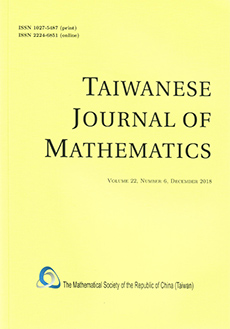Abstract
In this paper, the global exponential stability and periodicity are investigated for impulsive neural network models with Lipschitz continuous activation functions and piecewise alternately advanced and retarded argument of generalized argument (in short IDEPCAG). The sufficient conditions for the existence and uniqueness of periodic solutions of the model are established by applying fixed point theorem and the successive approximations method. By constructing suitable differential inequalities with piecewise alternately advanced and retarded argument, some sufficient conditions for the global exponential stability of the model are obtained. Typical numerical examples with simulations are utilized to illustrate the validity and improvement in less conservatism of the theoretical results.
Funding Statement
This research was in part supported by PGI 03-2020
DIUMCE.
Acknowledgments
The author thanks the referees very much for their valuable suggestions which made this paper much improved.
Citation
Kuo-Shou Chiu. "Stability Analysis of Periodic Solutions in Alternately Advanced and Retarded Neural Network Models with Impulses." Taiwanese J. Math. 26 (1) 137 - 176, February, 2022. https://doi.org/10.11650/tjm/210902
Information





